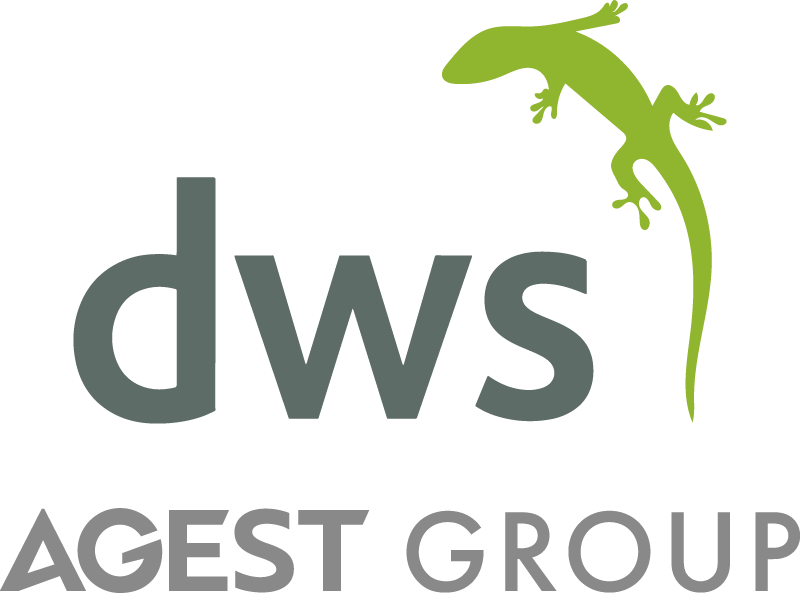by Charlotte Looney
It’s been over 2 ½ years since Oracle introduced JD Edwards EnterpriseOne Release 9.2. By April 2017 around 25% of the JD Edwards installed base had migrated to the latest release. Oracle predicted this would grow to 60% over the coming 12-24 months. Our own research, carried out in January 2018, indicated there had only been modest growth, with 35% having upgraded to 9.2.
We’re not completely surprised. JDE E1 customers have often stuck with a legacy version of the software; squeezing every ounce of value from it before it reaches the end of extended support. However, with no plans for a Release 9.3, we would expect to see more customers upgrading and adopting the new continuous delivery model introduced by Oracle JDE. Especially when you see the benefits being realized by those organizations that have migrated to 9.2.
The range of new features and functionality in 9.2 and tools release 9.2.x is helping organizations achieve digital transformation, with increased security, mobility and improved real-time insights.
There are also disadvantages for organizations that are slow to upgrade. If you delay the inevitable for too long, you run the risk of your release no longer being supported. This exposes the organization to unnecessary risk associated with a lack of integration, support or regulatory compliance.
An inability to leverage new features or tools puts your organization at a competitive disadvantage. Developing a “workaround” using an older release is only ever going to be a short-term fix and will likely result in more inefficient processes.
It’s also worth remembering that your organization doesn’t exist in a vacuum. You may find other stakeholders, both up and down the supply chain, have migrated to the latest release. This may result in some compatibility issues, where your processes are no longer supported by customers and suppliers; or further modifications to your custom footprint are required.
Given these drawbacks, why is it that more businesses haven’t made the move to 9.2?
We’ve already mentioned the desire to extract maximum value from a legacy investment, but sometimes this is used to mask the real reason why a company is reticent to upgrade. Most businesses are, naturally, risk-averse. A major ERP upgrade project is perceived as a risk for several reasons, not least of which are the assumptions that it will be expensive, complex and cause disruption to the business.
Other common reasons for not upgrading include a lack of technical resource in-house and concerns over the amount of time and effort that would be required for testing. Also, for many organizations, there is an element of uncertainty around a major upgrade that comes from not knowing how big the modified footprint is, or how many custom objects might be involved.
If you’re one of the 65% that are yet to move to 9.2, here is a short list of the reasons why we think you shouldn’t wait any longer:
- Run smaller, faster, smarter projects in the future
- Take advantage of the latest advancements in 9.2 and the applications and tools release 9.2
- Stay code-current to compete effectively in today’s digital economy
- DWS’ tools can help take some of the pain out of the upgrade and testing processes
- The longer you leave it the more costly, complex and disruptive the upgrade becomes
- 9.2 is the last ‘major’ release
- Make the most of new features and functionality saving both time and money in the long-term




